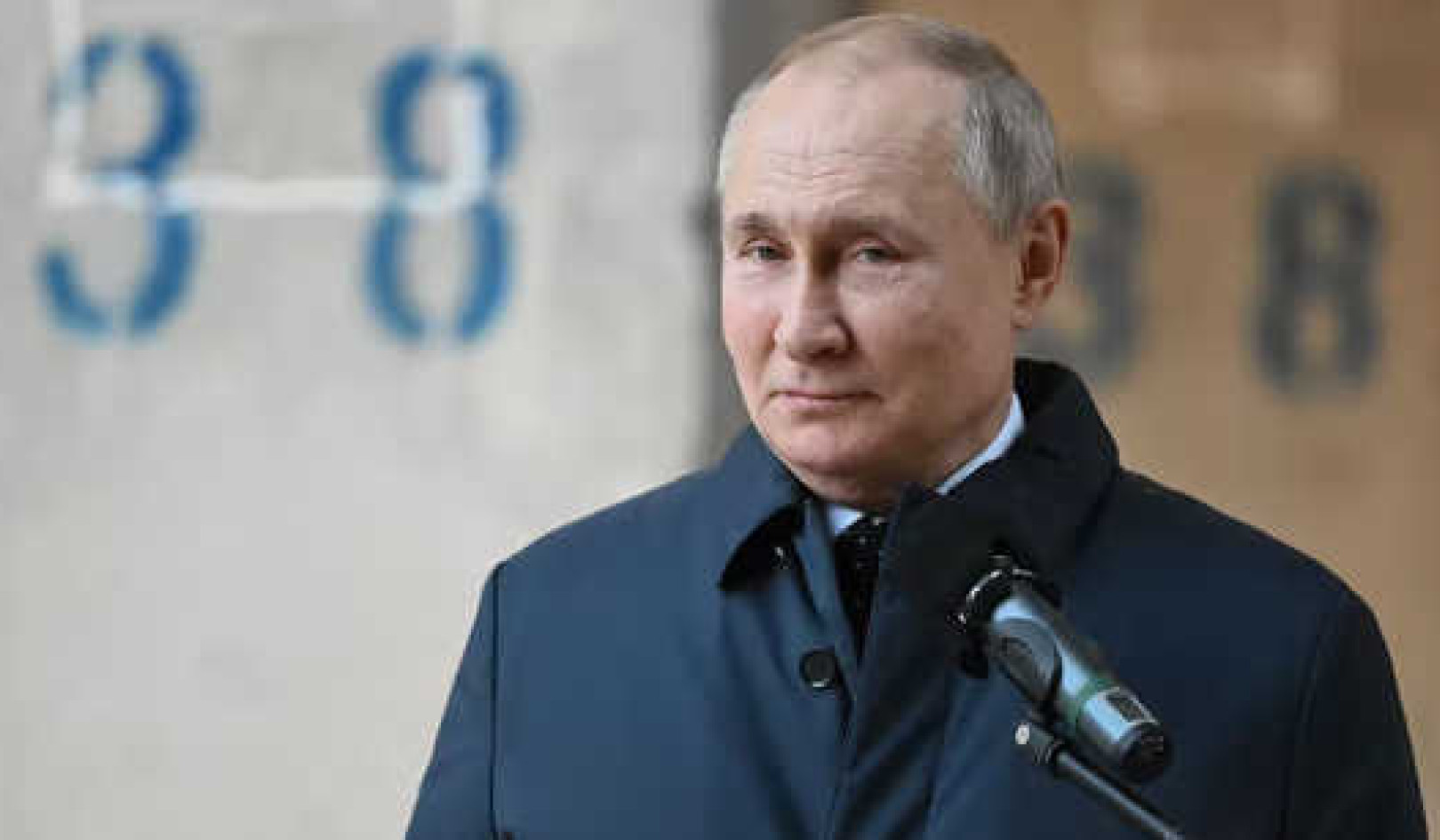
Pension funds, insurance companies and other investors who manage trillions of dollars have an enormous opportunity to change the future by investing in clean energy.
The global clean energy industry has plenty of reasons to feel good these days.
First, there was last month’s historic COP 21 Paris climate agreement, forged by 195 countries, which eclipsed most people’s expectations in its breadth and scope toward achieving a low-carbon economy. Then, the U.S. Congress approved a five-year extension of wind and solar federal tax credits — a step that Bloomberg New Energy Finance estimates will spur an additional US$73 billion in investment and nearly 40,000 megawatts of new wind and solar projects by 2020. And recently, BNEF issued promising year-end clean energy investment figures for 2015 — a record US$329 billion, up sixfold from just a decade ago.
The industry’s strength — even as oil prices plummet and Europe’s renewables market retracts — is remarkable. And much of it is in regions where clean energy growth is most needed, according to BNEF’s new data: China (US$110 billion in 2015, up 17 percent from 2014), Mexico (US$4.2 billion, up 114 percent), South Africa (US$4.5 billion, up 329 percent) and Morocco (US$2 billion, up from almost zero in 2014).
With this news — as well as the declining costs of renewable technologies, which makes dollars invested go further — one might conclude that turning the Paris climate accord’s vast ambition into reality should be relatively easy.
But it won’t be.
Significant gaps remain in our ability to grow clean energy at the levels necessary to meet the goal of ensuring the world stays within 2 °C (3.6 °F) of warming that scientists urge us to stay within to avoid the worst effects of climate change. (Temperatures have already risen nearly 1 °C, and we just learned that 2015 was the hottest year on record.) And one of the biggest gaps is the lack of institutional investor capital flowing to clean energy projects. As I noted last summer, the gap is most striking in developing countries, which are vital to curbing global carbon pollution to avoid dangerous climate change.
Until we have adequate levels of capital, ambitions for a strong and robust clean energy economy will, like a stool missing its third leg, keep falling over.
The truth is, we need far more investment in the low-carbon economy — well over US$1 trillion every year, not the few hundred billion we’re seeing now. National climate commitments at COP 21 alone will require some US$13.5 trillion in investments by 2030, according to the International Energy Agency.
I won’t be the first to equate all this to a three-legged stool: policies that support clean energy, cost-competitive technologies and sufficient levels of finance. The successful Paris climate agreement and lower renewable energy technology costs are providing two of the legs, but until we have adequate levels of capital, ambitions for a strong and robust clean energy economy will, like a stool missing its third leg, keep falling over.
To be sure, this “third leg” is getting a bit of timber from the United Nations’ Green Climate Fund, which aims to help mobilize US$100 billion of climate finance annually to developing countries by 2020. But this and other types of public financing are not enough; far more capital will be needed from institutional investors.
Countries such as Morocco and Mexico, which are phasing out fossil fuel subsidies while offering incentives for renewable energy, are providing road maps for other developing countries to follow.
So what will it take to get pension funds, insurance companies and other investors who manage trillions of dollars to open their wallets to this enormous clean energy opportunity?
Here are a few of the keys:
Supportive national regulations: The 187 countries that made specific carbon-reducing commitments in Paris must follow up by establishing supportive rules and regulations that will catalyze projects and attract capital. Countries such as Morocco and Mexico, which are phasing out fossil fuel subsidies while offering incentives for renewable energy, are providing road maps for other developing countries to follow. It is also critical that countries avoid policy backtracking, such as the U.K. government’s recent cuts to renewable energy subsidies, which sends a damaging signal to the private sector. Likewise, U.S. policy-makers must show resolve in keeping the Environmental Protection Agency’s Clean Power Plan on track, despite legal challenges.
More investment products: Investors are constrained in their ability to invest in clean energy because there are not enough low-carbon investment products for them to invest in. The US$2 billion low-carbon index fund announced last month by the New York state comptroller and Goldman Sachs is an encouraging step. The fund will exclude or reduce investment in high-carbon sectors such as coal. Another promising product is the fast-growing green bond market, one of the most popular ways investors are backing clean energy projects in emerging markets. A record US$42 billion of green bonds were issued in 2015, including first-ever green bonds in China and India. But we need more. Products that would enable off-grid rooftop solar projects to be bundled and sold to investors would be enormously helpful, for example, in places like India and Africa.
Stronger partnerships: Investors need to form closer alliances with progressive venture capitalists, countries and banks to help de-risk investments in clean energy projects in emerging economies. While the World Bank and multilateral development banks are getting more of these projects over the finish line — among those, a US$1 billion wind farm in Kenya being financed in part by a Danish pension fund — high capital costs, currency risks and other barriers are still keeping many institutional investors on the sidelines, especially in developing countries. One intriguing idea for fixing this is the Call to Action on Climate Finance, a consortium of investors proposing to create country-specific climate investment plans tied to national climate commitments at COP 21 (disclosure: Ceres is one of the organizations behind Call to Action on Climate Finance). These plans could lead to a pipeline of “investment ready” commercial projects for institutional investors.
More than ever before, the world is ready to accelerate the transition to a low-carbon future. But heeding the lesson of the three-legged stool will be critical for hastening this transition. Simply put, we need sufficient financing for clean energy solutions in all corners of the world.
With this in mind, 500 investors are gathering this week at the Investor Summit on Climate Risk co-hosted by Ceres, the United Nations Foundation and the U.N. Office for Partnerships. Many have already called for a global carbon price and the elimination of fossil fuel subsidies. They’ve also long advocated for strong low-carbon market signals. Now that COP 21 has provided that signal, I hope investors are ready to open up their wallets so we can turn billions into trillions for clean energy.![]()
This article originally appeared on Ensia
About The Author
Peyton Fleming is a senior director at Ceres, a nonprofit group mobilizing business and investor leadership on climate change and other global sustainability challenges. Learn more at www.ceres.org.
Related Book:
at InnerSelf Market and Amazon
























